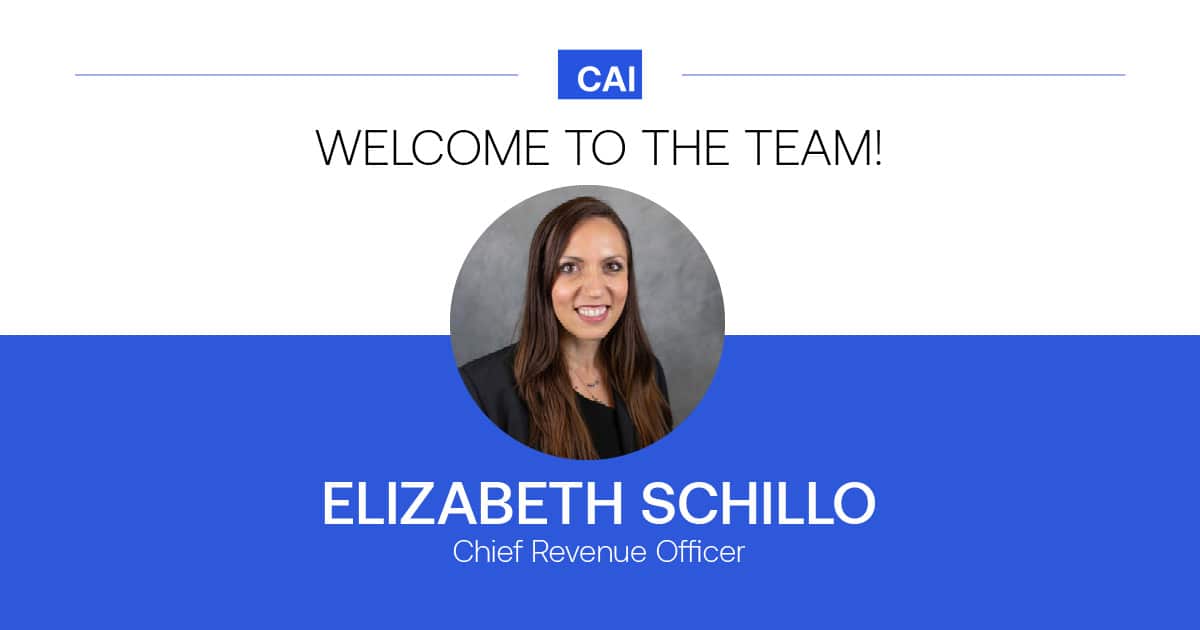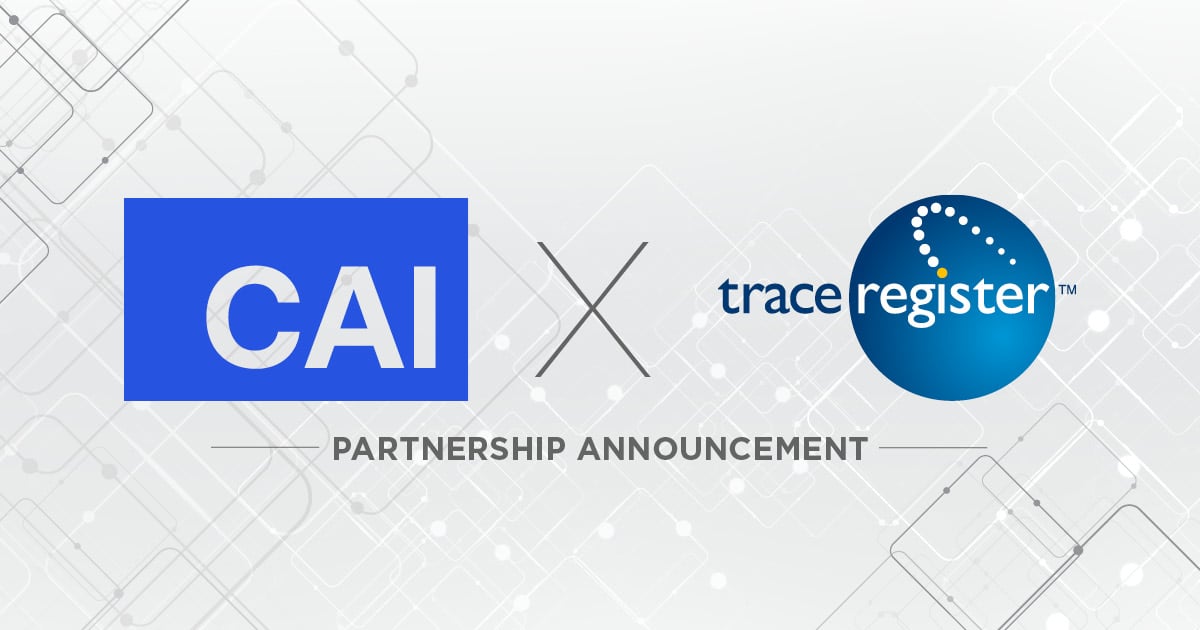ROC WMS Software
ROC Warehouse Management System: WMS Software That Simplifies Warehouse Operations

Transform Your Warehouse with ROC WMS
Stronger Customer Relationships
Cost Savings
Enhanced Efficiency
The accuracy level of the WMS is proven month in and month out and is saving us the equivalent of two hourly workers, or $50,000-$75,000 in manpower on inventory alone. ROC WMS has absolutely helped us improve our profitability, just in the control of inventory loss.
ROC WMS Software Features: Everything You Need in a Warehouse Management System
Item, Production, ASN & Purchase Order
Receive items into inventory from any source, allow ROC to determine the best storage location, and direct users to put receipts of product away in the warehouse.
Returns
Handle customer product returns and affect the disposition of goods received.
Trailer & Crossdock
Associate inbound shipments with trailers for receipt processing. Have received items crossdocked to designated locations or directed to fulfill outbound orders.
Cycle Counts, Audits & Recounts
Promote employee efficiency through accurate inventory balances with a rigorous cycle count program that allows flexible count options, audits, and recount controls.
Item Attributes
Define the characteristics of items in the warehouse and the rules by which each item will be managed.
Standard Variable Weight
Capture and track standard and variable weights through barcode scanning.
Lot, Expiration & Serial Control
Gain control of inventory with Lot, Expiration, and Serial tracking that enables stock rotation and recall.
Location Management
Define each storage location and its associated characteristics to allow ROC to maximize the storage space in your warehouse.
Refills
Define forward picking locations by area and zone and allow ROC to control the replenishment of those locations based on min/max and/or order demand.
Quarantine
Place inventory in inspection status to prevent it from being counted, put away, or picked and shipped until it passes the necessary inspection steps.
Inspection
Perform inspection on quarantined products, allowing material to be released once it passes inspection, continue to be held in inspection, or scrapped if inspection fails.
Block Stock
Take control of available inventory by preventing the picking and shipping of items for reasons other than quarantine.
Load Optimization
Reduce the number of loads shipped and minimize freight costs by planning outbound loads in advance of releasing orders to be picked.
Pick Planning
Select orders to be planned for picking, review the plan to see how material will be allocated and picked, identify shortages, and decide whether to keep the plan or reject it.
Ticket Allocation
Allocate specific pallets of an item to customer order fulfillment.
Item Allocation
Control how much stock of a specific item will be allocated to customer orders.
Discrete & Full Pallet Picking
Separation of pick work types provides complete control over how pick worksets are allocated and the timing of when work is performed.
Interleaving
Optimize resources and warehouse operation flow by interleaving put-away, refill, and picking activities.
Workset Assignment
Keep employees working productively all day long by allowing ROC to make work assignments based on the priority of work to be completed.
Shipping Documents & Labels
Print customer-required shipping documents and labels with automatic or manual print options.
Trailer Management
Gain full visibility of the yard and warehouse docks and control of inbound and outbound trailers.
Appointment Scheduling
View a list of all scheduled trailers, schedule appointments for inbound and outbound trailers, and receive a confirmation number for each scheduled trailer.
Trailer Arrival, Staging & Shipping
Arrive trailers into the yard so they can be stored or set to dock doors for unloading or loading. Stage trailers to the yard when they are not ready to be loaded or shipped or have been unloaded. Ship and depart trailers once they are loaded.
Master Files
Master Files settings control the tracking of critical data and determine warehouse logic to be applied. Areas, zones, locations, docks, items, customer, vendor, and employee details all reside in master files which can be maintained from the desktop.
User Security
Complete control over what areas of the system users can access and what level of security a user is given.
Audit & Trace
When users perform functions within ROC, an exhaustive record of activity is collected and available for reporting and analysis.
Reporting
ROC warehouse management software provides a standard set of reports that can be run upon request and viewed from the desktop or exported in multiple formats. The ability to generate custom reports is also provided.
ROC WMS
is designed to integrate with many other business systems used by your company – allowing for seamless communication, data transfer, and full visibility of your operations. Whether it’s your ERP, Labor Management software, MES, shipping software, Warehouse Automation Equipment, or a variety of other software and hardware, our team can integrate ROC WMS.
Trusted By
Businesses Worldwide
Innovative Software Solutions: Your Pathway to Overcome Challenges
Request A DemoWMS Resources to Empower Your Business

ROC WMS
Customer Support
ROC WMS Software FAQS
This is just a placeholder headline, we will replace it once your website copy is finalized?
This is just placeholder text. Don’t be alarmed, this is just here to fill up space since your finalized copy isn’t ready yet. Once we have your content finalized, we’ll replace this placeholder text with your real content. Traditionally our industry has used Lorem Ipsum, which is placeholder text written in Latin. Unfortunately,
This is just a placeholder headline, we will replace it once your website copy is finalized?
This is just placeholder text. Don’t be alarmed, this is just here to fill up space since your finalized copy isn’t ready yet. Once we have your content finalized, we’ll replace this placeholder text with your real content. Traditionally our industry has used Lorem Ipsum, which is placeholder text written in Latin. Unfortunately,
This is just a placeholder headline, we will replace it once your website copy is finalized?
This is just placeholder text. Don’t be alarmed, this is just here to fill up space since your finalized copy isn’t ready yet. Once we have your content finalized, we’ll replace this placeholder text with your real content. Traditionally our industry has used Lorem Ipsum, which is placeholder text written in Latin. Unfortunately,
This is just a placeholder headline, we will replace it once your website copy is finalized?
This is just placeholder text. Don’t be alarmed, this is just here to fill up space since your finalized copy isn’t ready yet. Once we have your content finalized, we’ll replace this placeholder text with your real content. Traditionally our industry has used Lorem Ipsum, which is placeholder text written in Latin. Unfortunately,
This is just a placeholder headline, we will replace it once your website copy is finalized?
This is just placeholder text. Don’t be alarmed, this is just here to fill up space since your finalized copy isn’t ready yet. Once we have your content finalized, we’ll replace this placeholder text with your real content. Traditionally our industry has used Lorem Ipsum, which is placeholder text written in Latin. Unfortunately,
This is just a placeholder headline, we will replace it once your website copy is finalized?
This is just placeholder text. Don’t be alarmed, this is just here to fill up space since your finalized copy isn’t ready yet. Once we have your content finalized, we’ll replace this placeholder text with your real content. Traditionally our industry has used Lorem Ipsum, which is placeholder text written in Latin. Unfortunately,
This is just a placeholder headline, we will replace it once your website copy is finalized?
This is just placeholder text. Don’t be alarmed, this is just here to fill up space since your finalized copy isn’t ready yet. Once we have your content finalized, we’ll replace this placeholder text with your real content. Traditionally our industry has used Lorem Ipsum, which is placeholder text written in Latin. Unfortunately,
This is just a placeholder headline, we will replace it once your website copy is finalized?
This is just placeholder text. Don’t be alarmed, this is just here to fill up space since your finalized copy isn’t ready yet. Once we have your content finalized, we’ll replace this placeholder text with your real content. Traditionally our industry has used Lorem Ipsum, which is placeholder text written in Latin. Unfortunately,
This is just a placeholder headline, we will replace it once your website copy is finalized?
This is just placeholder text. Don’t be alarmed, this is just here to fill up space since your finalized copy isn’t ready yet. Once we have your content finalized, we’ll replace this placeholder text with your real content. Traditionally our industry has used Lorem Ipsum, which is placeholder text written in Latin. Unfortunately,
This is just a placeholder headline, we will replace it once your website copy is finalized?
This is just placeholder text. Don’t be alarmed, this is just here to fill up space since your finalized copy isn’t ready yet. Once we have your content finalized, we’ll replace this placeholder text with your real content. Traditionally our industry has used Lorem Ipsum, which is placeholder text written in Latin. Unfortunately,
This is just a placeholder headline, we will replace it once your website copy is finalized?
This is just placeholder text. Don’t be alarmed, this is just here to fill up space since your finalized copy isn’t ready yet. Once we have your content finalized, we’ll replace this placeholder text with your real content. Traditionally our industry has used Lorem Ipsum, which is placeholder text written in Latin. Unfortunately,
















